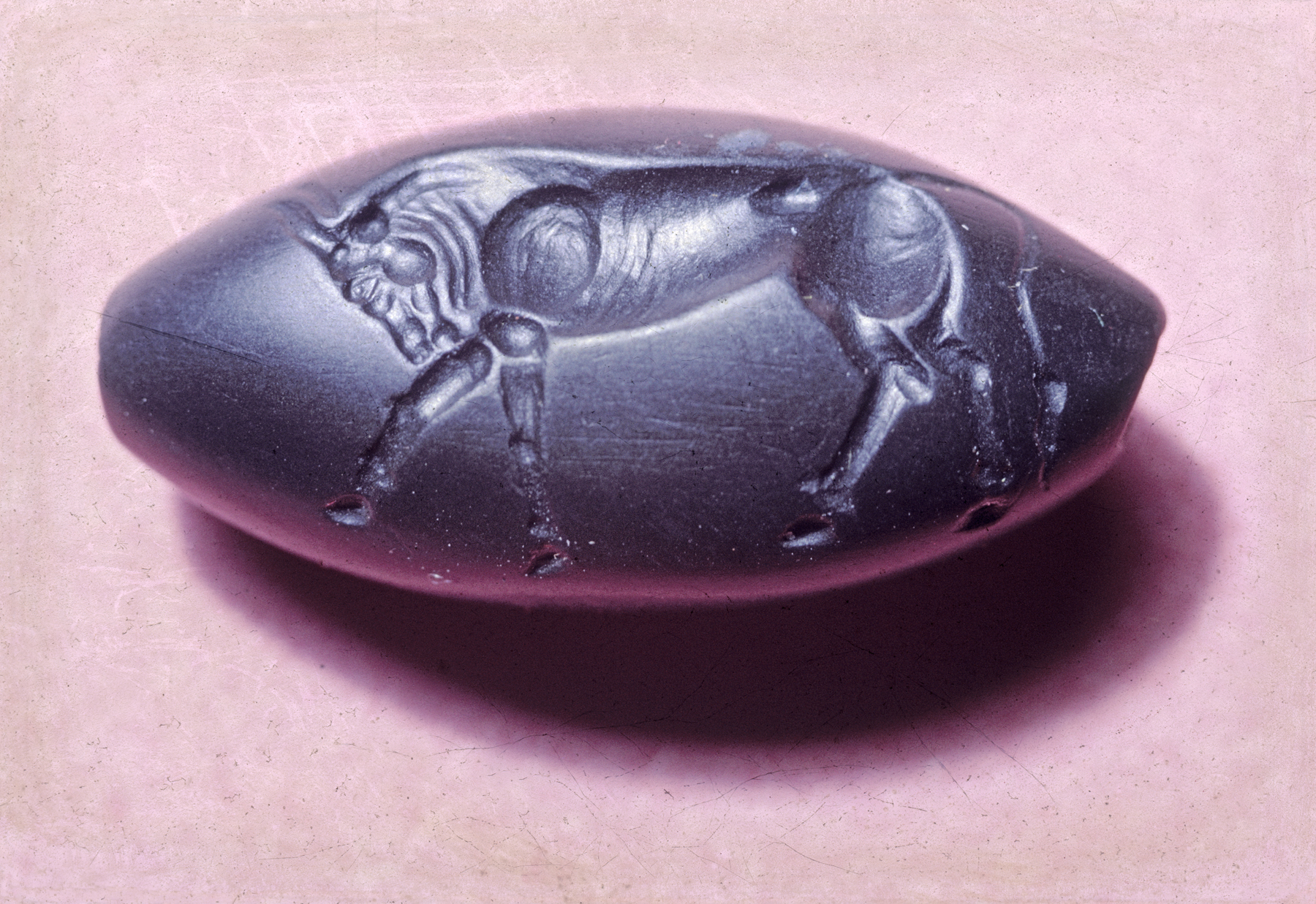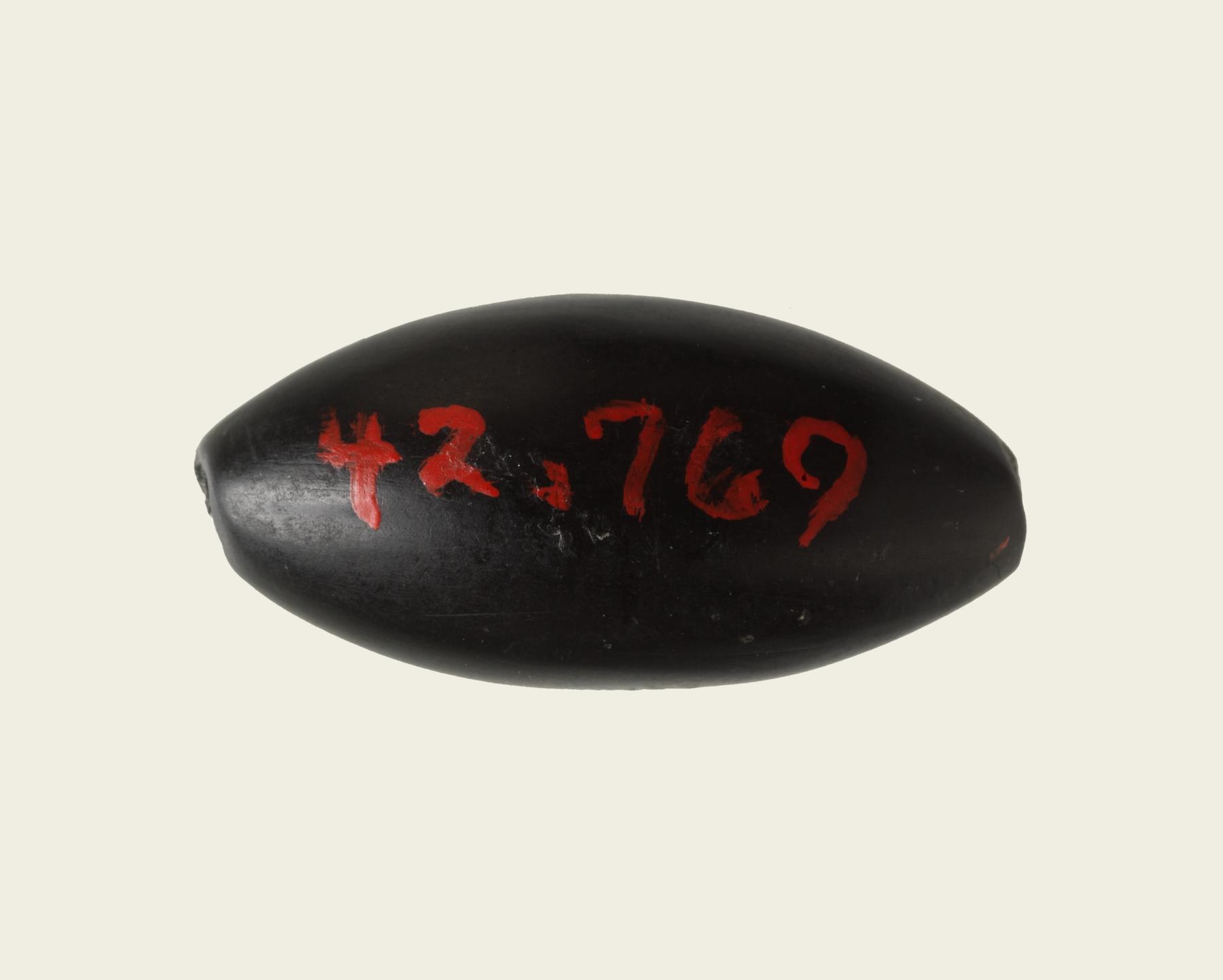Sealstone of a Bull
(Ancient Greece )
Carved sealstones were popular ornaments among Bronze Age Minoans and Mycenaeans and served as insignia of rank and social status. They were influenced by the elaborate traditions of stamp and cylinder seals developed in the Near East and Egypt. Bulls were represented using a variety of materials in the Minoan world, from gold jewelry to terracotta figurines and, most famously, in the relief frescoes of the palace at Knossos that depict bull-leaping.
Provenance
Provenance (from the French provenir, 'to come from/forth') is the chronology of the ownership, custody, or location of a historical object. Learn more about provenance at the Walters.
Sadie Jones (Mrs. Henry Walters), New York [date and mode of acquisition unknown]; Sale, Joseph Brummer, New York, 1941; Walters Art Museum, 1941, by purchase.
Conservation
| Date | Description | Narrative |
|---|---|---|
| 12/22/1960 | Treatment | other |
Geographies
Greece, Crete (Place of Origin)
Measurements
H: 1/2 x W: 1 1/16 x D: 7/16 in. (1.3 x 2.8 x 1.1 cm)
Credit Line
Museum purchase, 1941
Location in Museum
Accession Number
In libraries, galleries, museums, and archives, an accession number is a unique identifier assigned to each object in the collection.
In libraries, galleries, museums, and archives, an accession number is a unique identifier assigned to each object in the collection.
42.769






